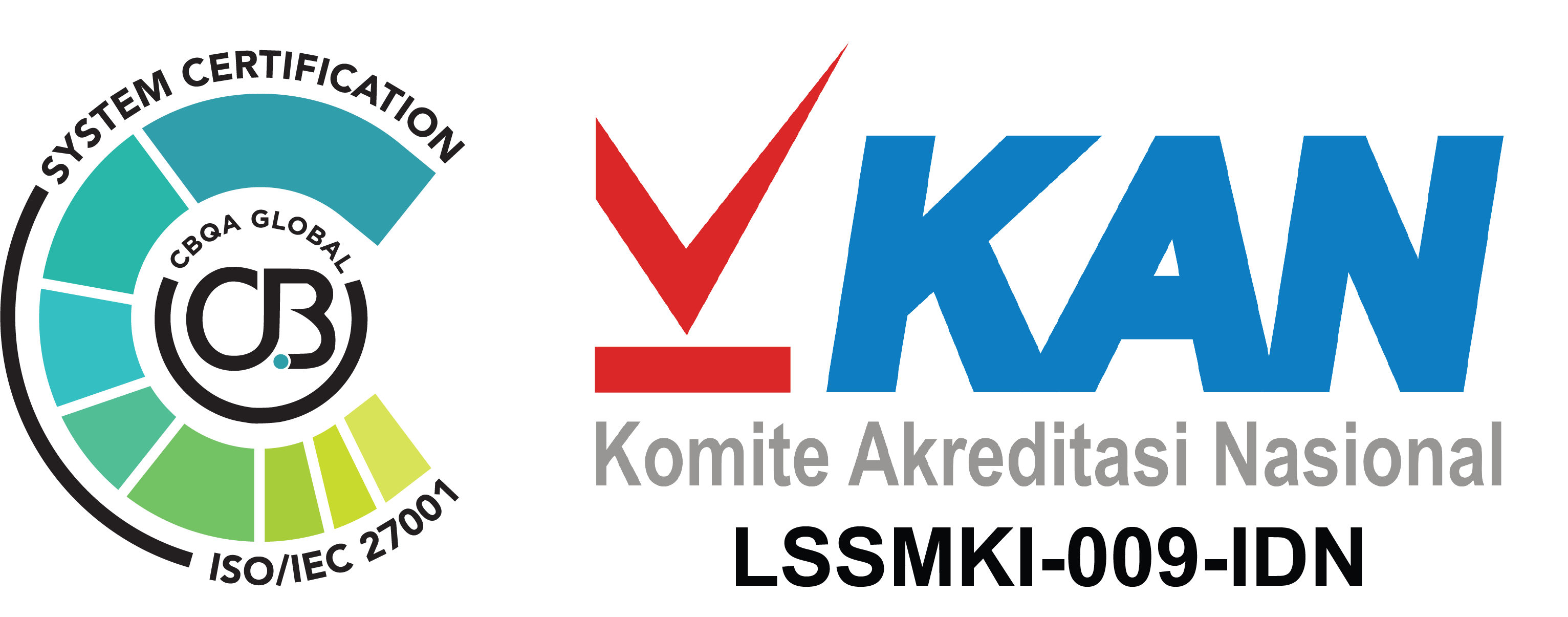Today’s Outlook:
• The DJIA, S&P 500, and NASDAQ closed at all-time highs on Wednesday’s trading (15/05/24) on the back of a slower-than-expected US CPI release after 3 months of upward surprises, raising hopes of a faster Fed rate cut and sending US Treasury yields sharply lower. The Dow Jones Industrial Average rose 349 points, or 0.9%, the S&P 500 climbed 1.2% higher, and the NASDAQ led the gainers by jumping 1.4% on the back of a rally in Technology stocks. The overall consumer price index slowed to a 0.3% mom rate in April, from 0.4% a month earlier, slower than economists’ forecast of 0.4% (due to falling shelter and gasoline costs), raising hopes that the disinflationary trend is back on track. This changed the annualized figure to 3.4% yoy, in-line with expectations, and down from the 3.5% rate in the previous position. Meanwhile, Core Inflation which strips out volatile food and energy prices, rose 0.3% on a monthly basis and 3.6% on an annualized basis, easing from 3.8% in March. The slowdown in consumer prices was a relief after a day earlier producer-level inflation came out hotter than forecast. Investors see a 50.5% chance that the US central bank will start cutting interest rates in September, according to the CME FedWatch tool. US TREASURY yields fell sharply after the CPI was announced with the 10-year US Treasury yield falling 10 basis points to 4.34%. From other economic data, RETAIL SALES grew flat in April, failing to meet forecasts for a 0.4% increase on a monthly basis; making the annualized figure drop to 3.04% yoy, from 3.83% in the previous period.
• MARKET/ANALYST: Evercore ISI thinks Inflation numbers will send US Treasury yields down and Inflation moving towards target. However they expect Nonfarm Payroll could still climb to 150k in May, Unemployment Rate may also stagnate at 3.9%. Wells Fargo & Morgan Stanley think the first rate cut could happen in September, on the other hand Macquarie insists the pivot will not happen this year, more pessimistic than RBC Capital which still holds at least December. Julius Baer Group analysts from Switzerland expect central banks to move their fund positions from US Treasuries to the Gold commodity; which started its gains on Wednesday with futures rallying 1.36% to USD 2392.05/ ounce.
• OTHER ECONOMIC INDICATORS: Today there will be a number of other US economic indicators such as: Building Permits & Housing Starts which will measure the strength of the US property sector especially in April, while waiting for the weekly Initial Jobless Claims figure which is predicted at 219 thousand (should be down from the previous week 231 thousand). Manufacturing sector activity in the Philadelphia region will also be in the spotlight of market participants, along with Industrial & Manufacturing Production (Apr.).
• ASIA & EUROPE MARKETS: CHINA central bank keeps 1-year lending rate at 2.5%. EUROZONE released their preliminary Q1 GDP estimate at 0.4% yoy, firming from 0.1% in the previous period. Industrial Production in the region is still struggling to expand as it grew 0.6% mom in March, down from 1.0% in February. Today it’s JAPAN’s turn to announce preliminary numbers for their Q1 GDP which turned out to fall into recession as negative growth of -2.0% yoy and -0.5% mom; down deeper than forecasts of -1.5% and -0.3%, also contrary to the positive position in the previous quarter.
• COMMODITIES: OIL prices ended higher on Wednesday, as a much larger-than-expected decline in US weekly stockpiles and a slumping US DOLLAR supported prices and offset the International Energy Agency’s (IEA) outlook for weaker demand growth this year. BRENT futures rose 1% to USD 82.85/barrel, while US WTI futures rose 1% to USD 78.63/barrel. US oil inventories fell by 2.5 million barrels in the week ending May 9, shrinking much more steeply than the forecast of 400,000 barrels. BENSIN inventories also unexpectedly fell by 235,000 barrels, compared to an expected increase of 888,000 barrels. The figures sparked some hope that US fuel demand is picking up as the travel-heavy summer season approaches – a trend that could help tighten global crude supplies, even as US production remains at record highs. These signs of improving demand helped offset concerns following the latest outlook from the International Energy Agency (IEA) that indicated weakening global demand. The IEA cut its 2024 oil demand growth forecast, citing weak demand in developed OECD countries, particularly in Europe. The Paris-based organization, in its monthly report, lowered its growth forecast for this year by 140,000 barrels per day to 1.1 million barrels per day, and slightly raised its 2025 oil growth forecast to 1.2 million barrels per day. One of the extra supportive factors for oil prices is the sharp weakening of the US DOLLAR following US CPI data that showed inflation slowed more than expected last month.
• INDONESIA: JCI posted a gain of 96 points/+1.36% to 7179.83 on the back of rally in banking stocks and some Barito Group stocks; although foreigners still posted net sell of IDR 136.09 billion. Indonesia recorded a Trade Balance surplus of USD 3.56bn in April, the 48th consecutive month of surplus, on the back of positive Export growth of 1.72% yoy and Import growth of 4.62% yoy (although not as expected but at least a significant improvement from negative position in the previous month). NHKSI RESEARCH expects today’s market sentiment to be quite favorable for Finance sector as the backbone of JCI to continue their rebound, especially since EIDO bagged almost 2% gain.
Company News
• ASII: Car Sales as of April 2024 Declined Again
• ADMR: Decided Not to Share Dividends
• DRMA: IDR200 Billion for New Factory Expansion
Domestic & Global News
• Indonesia’s CPO Exports Plummet, Gapki Reveals the Culprit
• New Round of US vs China Trade War, Joe Biden Raises Import Tariffs on Semiconductors, Batteries, Etc.
Download full report HERE.

